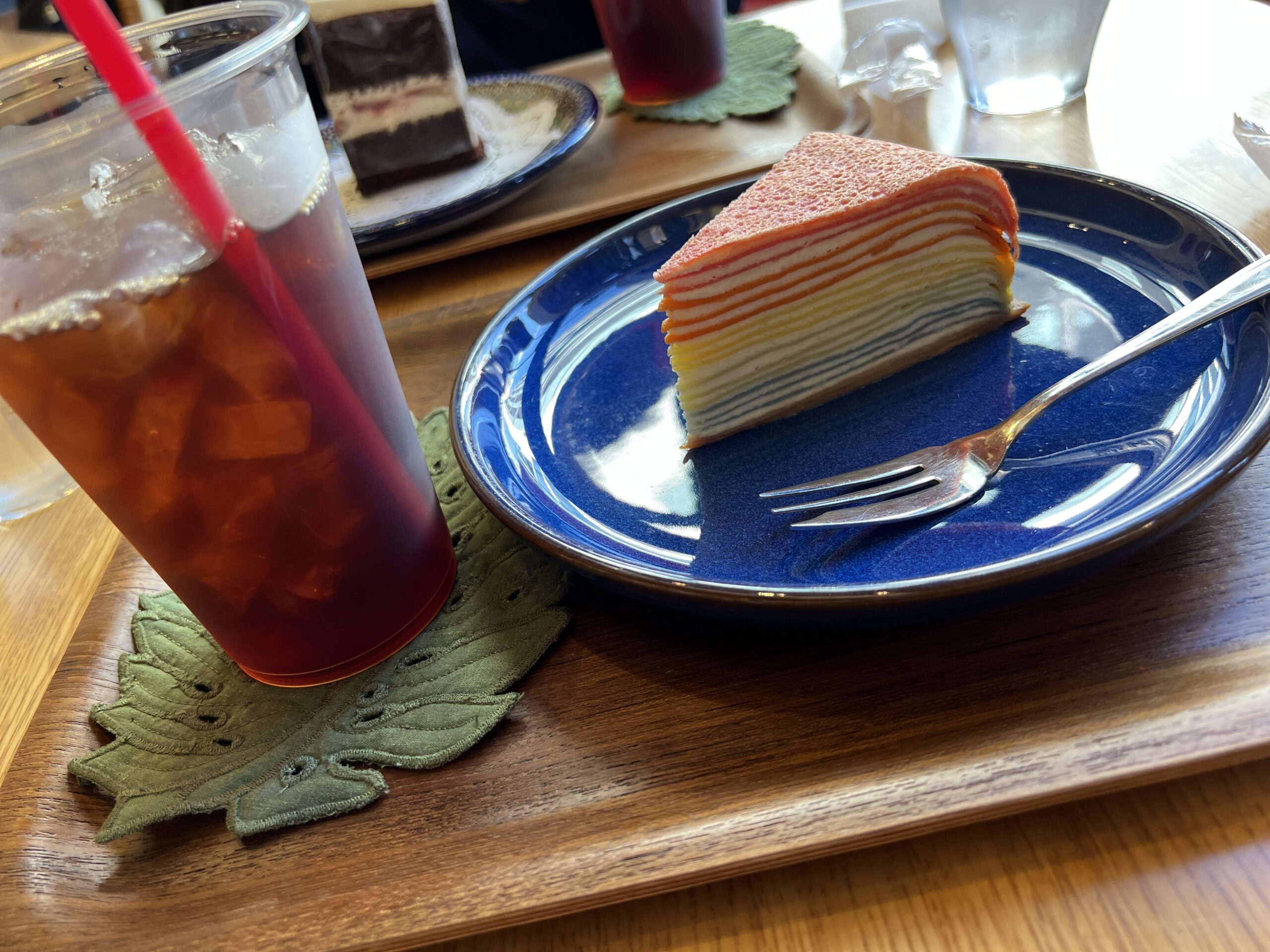Overview
Originally, the Mito Higashi Airfield of the Japanese Army was located here, and after the war, it was used as a bombing range by the U.S. Army. The area was developed as a national park in response to citizen’s requests.
The park covers a vast area of 350 hectares. The park has vast flower gardens, forests, and grassy plazas, and visitors can enjoy the scenery of the four seasons. Other leisure facilities include the Pleasure Garden, an amusement park, and cultural experience facilities.

Nemophila in spring and kochia in fall are especially famous, and the area is crowded with many people during the peak season of each. “Miharashi no Oka Hill” which is filled with flowers in season, is the site of the main target of the U.S. Army’s Mito Bombing Range. This is an artificially maintained 30-meter-high hill. The remains of the target, where countless bombs and bullets were shot, have been transformed into a hill full of flowers.
Access
It takes about 75 minutes from Ueno Station to Katsuta Station by JR Joban Line limited express “Hitachi” or “Tokiwa”. (Included in Japan Rail Pass and Tokyo Wide Pass)
From Katsuta Station, take a bus to the west exit of Hitachi Seaside Park in about 15 minutes. Bus fare is 400 yen one way. Cash is required.
During peak season, there is a ticket that includes both the admission ticket and the bus. Temporary tickets are sold near the bus stop.
Ajigaura Station on the Hitachinaka Seaside Railway is about a 25-minute walk from the South Gate. It takes about 30 minutes to Katsuta Station.
It is not recommended to drive to the site on weekends when the flowers are at their best, as the roads in the vicinity are quite crowded.
Pricing
Standard
Adults(15 years old and over) ¥450
Seniors (65 years old and over) ¥210
Seasonal
Adults(15 years old and over) ¥700
Seniors (65 years old and over) ¥460
Seasonal pricing is applicable for a period of 20 days in April/May and 10 days in October.
Two most popular plants in spring and fall
What is nemophila?
Nemophila is an annual plant native to North America, and its Japanese name is lapis lazuli arabesque. The view of the entire area of Miharashi no Oka Hill turning blue and blending with the blue of the sky and the sea is truly spectacular. The best time to see it is usually from mid-April to early May.

What is kochia?
Kochia is also called “broom grass” in Japanese, and in the past, its stems were dried to make brooms. The kochia seed is called “tonburi” and is popularly known as “caviar of the field”.
The lime green kochia, which grows quickly in the summer sun from early July, has a lovely round shape.

In early October, the leaves gradually change from their summer green to red, and the gradation of green and red colors that change day by day is fascinating. The brightly colored leaves turn Miharashi no Oka Hill into bright red.
Nearby Recommendations
Nakaminato Fish Market
Nakaminato Osakana Market is about a 10-minute walk from Nakaminato Station on the Hitachinaka Seaside Railway. Although not very large in size, the market is crowded with shoppers and lively fishmongers. There is also a restaurant where you can taste fresh seafood, so stop by if you get hungry after playing in the park!

Saza Coffee
Saza Coffee is located in Hitachinaka City, the same city as Hitachinaka Seaside Park. It has its own coffee plantation in Colombia and is popular for its authentic coffee. The Katsuta Ekimae branch is located just outside of Katsuta Station, and the main store is about an 8-minute walk from the station. In addition to coffee, the shop also serves delicious sandwiches and cakes. Take-out is also available.


